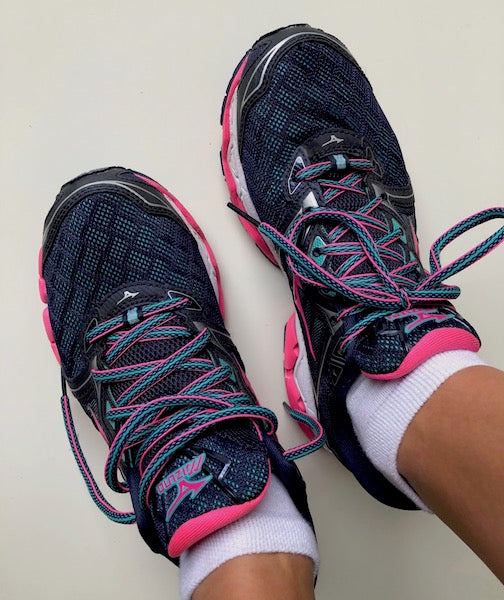Check out this article by one of our Sports Podiatrists Peter Charles' in his regular column for Multisport Magazine. Some great tips on introducing miminalist style shoes or trialling barefoot style running the safe way!
[[Full Text Below]]

Are minimalist shoes good or bad?
Brief History
The trend for minimalist shoes is very cyclical and rears its head every decade or so and has usually been associated with a talented athlete winning a significant event with bare feet or a minimalist shoe.
1960 - An unknown Ethiopian stands at the start line bare feet and goes on to win the Olympic Marathon in a world record time.
1985 - Zola Budd Pieterse of South Africa and Great Britain won the world cross country championships twice with bare feet.
These events gave minimalist footwear and barefoot running great exposure in the following years.
The latest minimalist trend ramped up in 2010 with most shoe companies developing new designs of minimalist footwear; however this trend has cooled over the last year.
The Good
For decades runners have used lighter and firmer shoes to help them run faster. Less weight means less energy used when running and the firmer the material under foot, the less energy lost on impact.
Some runners are ‘feel runners’ and really enjoy the feedback from the road with these firmer shoes. It helps them feel fast, responsive and in control when they run.
Extra load is placed through the body with the firmer materials, lower heel and less support and the body will gradually adapt to increase overall strength.
The Bad
The body will be able to strengthen to a point, but if the load becomes too great then human tissue will become injured through overuse. Human tissue cannot keep strengthening indefinitely, it will reach it’s limit eventually. The most significant things that add to the overall load through the body include the runner’s anatomy, training load, running surfaces and running technique. These factors all need to be carefully managed.
The majority of runners seem to be ‘float runners’ and enjoy the feeling of cushioning under their feet. Firm shoes will not feel right for these runners.
Bare feet or thin soles provide little protection for puncture injuries from rocks and sharp objects.
Should I Give Them a Crack?
If you like the feeling of a firmer shoe and you don’t have any significant overuse injuries then you could try what it feels like to run in a minimalist style shoe.
Do It Slowly!
The most important advice is to transition very gradually to a minimalist shoe. It takes a minimum of 3 months for your body to physiologically increase strength with the extra load through your body.
Start with a slightly more minimalist shoe first and gradually transition to firmer and lower models over many months.
The other option is to introduce the minimalist shoes or barefoot running to soft grass on a very short run session and gradually increase the distances and firmness of the surfaces over many months.
Don’t simply trade in your full support shoes for a minimalist running shoe and train normally as this is very high risk for injury.
Find Your Happy Place
Most people will gradually move towards a slightly firmer and lighter style shoe, but everyone finds their ‘happy place’ which may be wearing quite soft and supportive shoes all the way to running marathons with bare feet on bitumen.

